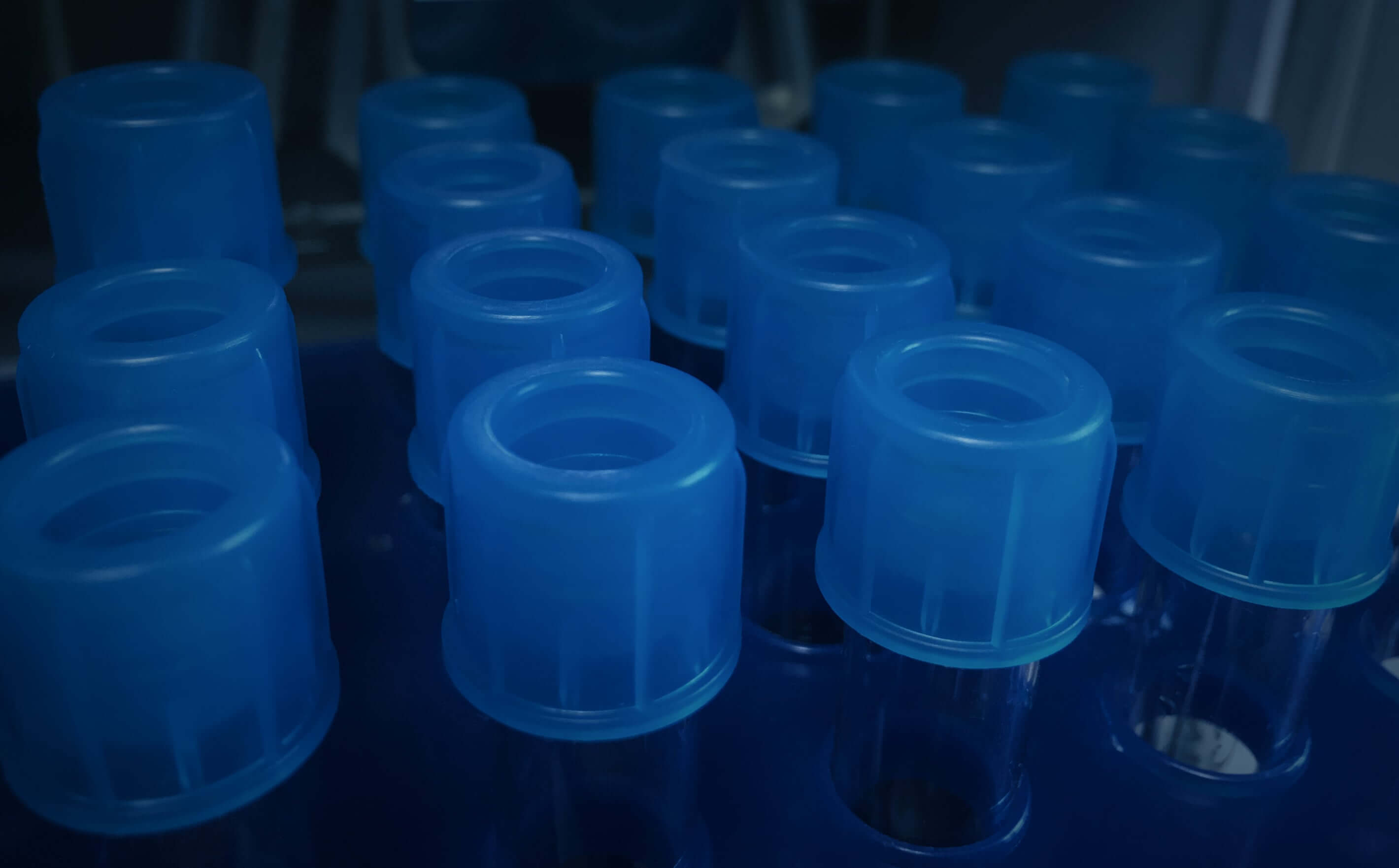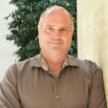
Technology to drive breakthrough science
The Buck Institute now hosts a full-service Flow Cytometry Core, housed in Building 3, Room 324. Our core features two highly capable BD instruments: A FACSAria II cell sorter and an LSR II analytical flow cytometer, each with 4 lasers and 14 simultaneous color channels. These platforms enable high-dimensional, high-throughput analysis of single cells based on a host of available fluorescent readouts, allowing for precise isolation and characterization of highly defined and/or rare cell populations.
The parameters we can analyze include expression of surface markers, reporter genes, and secreted proteins, as well as many other readouts of cellular function such as ion mobilization and mitochondrial function. Our instruments are located in a fully equipped P2* tissue culture suite, allowing processing of time-sensitive samples to be carried out with maximum efficiency. Our sorter also features a biohazard containment system that allows for safe sorting of primary human cells and tissues.
-
 Herb Kasler, PhD . Core Director
Herb Kasler, PhD . Core DirectorHerb Kasler, PhD, is the Director of the Flow Cytometry Core. He got his PhD in immunology from the University of California, Berkeley, working on T cell development in the laboratory of Astar Winoto. Since then he has been working with Eric Verdin, MD, studying gene regulation during T cell development, with a focus on its relationship to autoimmune disease. Flow cytometry has been a cornerstone of all this work, and as a result, Dr. Kasler has more than 20 years of experience using numerous flow-related techniques and platforms. He also received extensive training in the theory, operation, and maintenance of BD cell sorters from Marty Bigos, who served as flow core director for the Gladstone Institutes and later for Stanford University.
HKasler@buckinstitute.org
-
 Ritesh Tiwari, PhD . Flow Core Manager
Ritesh Tiwari, PhD . Flow Core ManagerDr. Tiwari completed his masters in biotechnology at Madurai Kamraj University and earned his PhD in immunology from National institute of Immunology, New Delhi, India in 2014 where he worked on the influence of impaired vesicular transport in Beige B cells response. Since then he has worked on multiple projects involving universities and industries helping them educate, design and analyse experimental data involving multi-color flow cytometry. He joined the Verdin lab in September 2019 and his work includes providing support to a diverse array of projects in the biology of aging, both by sorting cells and by helping with immunophenotyping and other types of analyses involving Flow cytometry as well as working on role of chromatin modifications, particularly histone acetylation, in immune aging and autoimmune disease. In his spare time he enjoys going for hike or bike ride with his fellow buck colleagues.
RTiwari@buckinstitute.org
The core supports the work of Buck scientists in many ways: Cells isolated in our facility can be placed in culture or used for a host of downstream analyses, including single cell sequencing using the 10X microfluidics platform hosted by the Melov laboratory. Our high-throughput sorting capability can also support genomic-level screens of expression libraries of cDNAs, shRNAs, or CRISPER guide RNAs, while our high-throughput sampling capability can support screening of libraries of up to 10,000 compounds in a week or less. Our staff is available for instrument operation, user training, and consultation about experimental design and cell isolation strategies, drawing upon our ever-growing knowledge base for different applications.
An updated guide for Flow Core Services can be found here, including information on scheduling and rates.
External users:
We welcome business from external clients in either academia or industry. Recharge rates will determined on a project by project basis.
BD FACSAria II cell sorter:
- This instrument, upgraded and refurbished by Cytek, includes four lasers at 405nm, 488nm, 561nm, and 640nm. The filter set allows for simultaneous analysis of 14 color channels, as detailed in the diagram at the end of this section.
- With the smallest nozzle size (70μM), suitable for leukocytes or other small cells, we can typically process up to 15,000 events/second (= 5.4X107/hr.) with >80% sort efficiency. Larger nozzles (up to 130μM) can handle larger cells, but will require lower event rates. Up to four populations can be collected simultaneously into tubes from 1.5-15mL volume. Sorting into 96-well plates is also supported.
- The Aria II is housed in an externally ducted BioBubble Class I BSC, which is compliant with ISAC guidelines for sorting all P2-level biohazardous materials, including primary human/primate cells and cells infected with replication-defective lentiviral vectors.
BD LSR II analyzer:
- This instrument has the same four laser wavelengths and 14 emission filters as the Aria II, as detailed in the diagram at the end of this section. Up to 20,000 events/second can be collected.
- A high-throughput auto sampler will support automated analysis of up to 400 samples/hr.
Please contact us for more detailed information on the Flow Cytometry core capabilities, services and rates.
Herb Kasler
Director, Flow Cytometry Core
hkasler@buckinstitute.org
415-209-2056
CORE TECHNOLOGIES
Technological innovation in the service of scientific advancement
Our cutting-edge technologies support the Institute’s goals and put the newest capabilities in the
hands of our scientists.